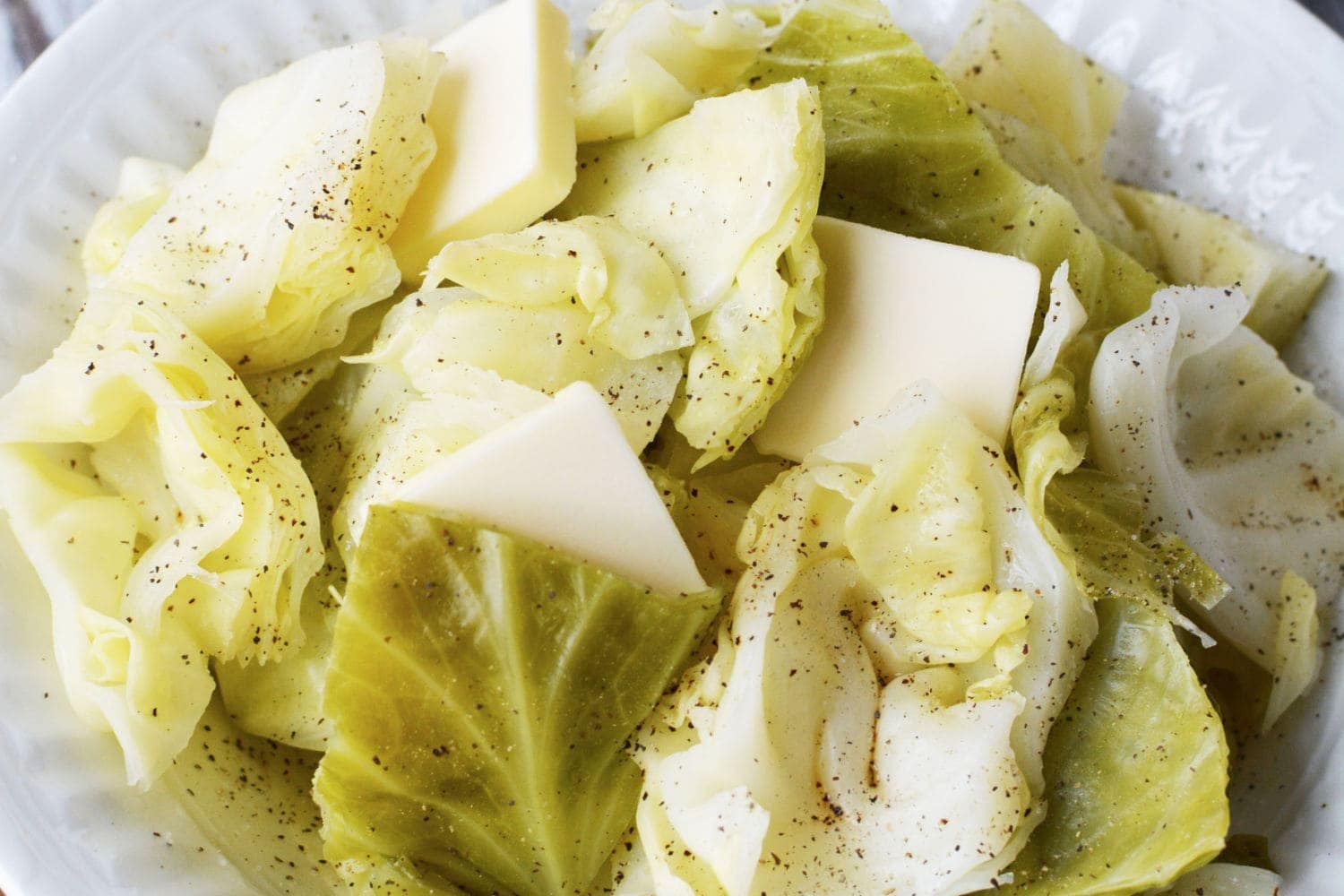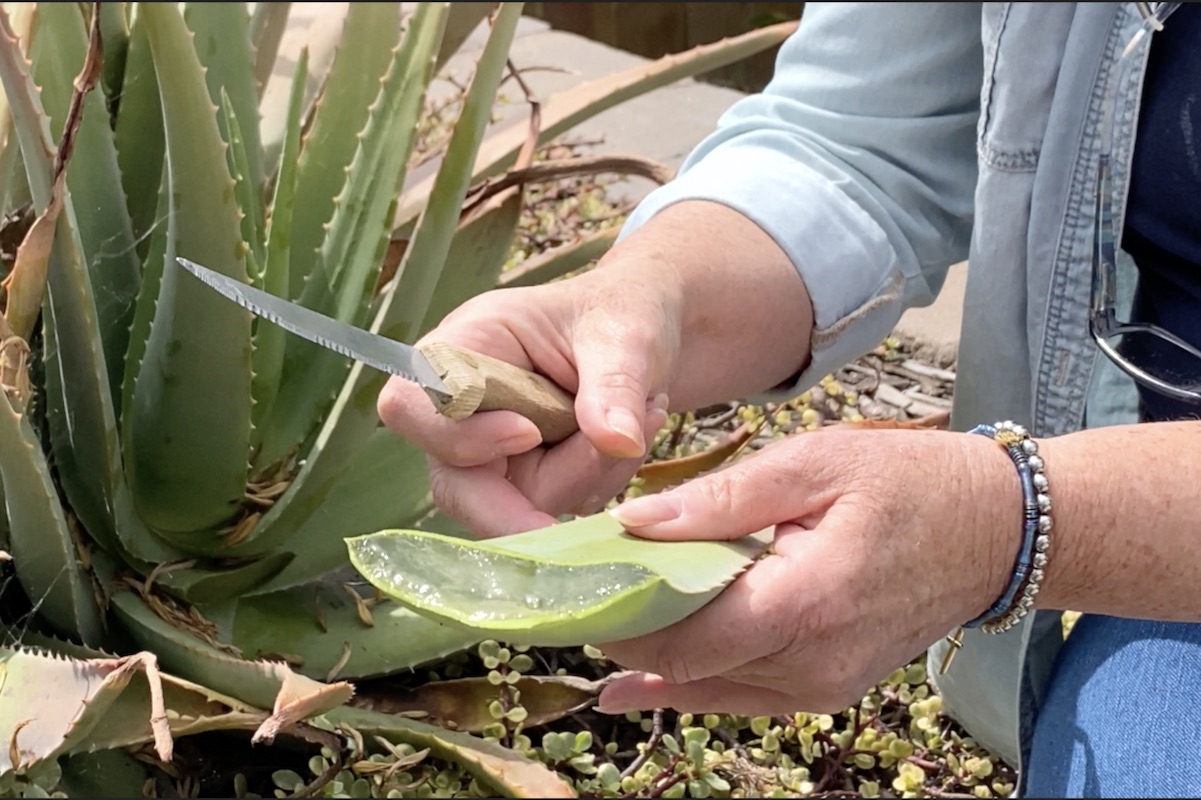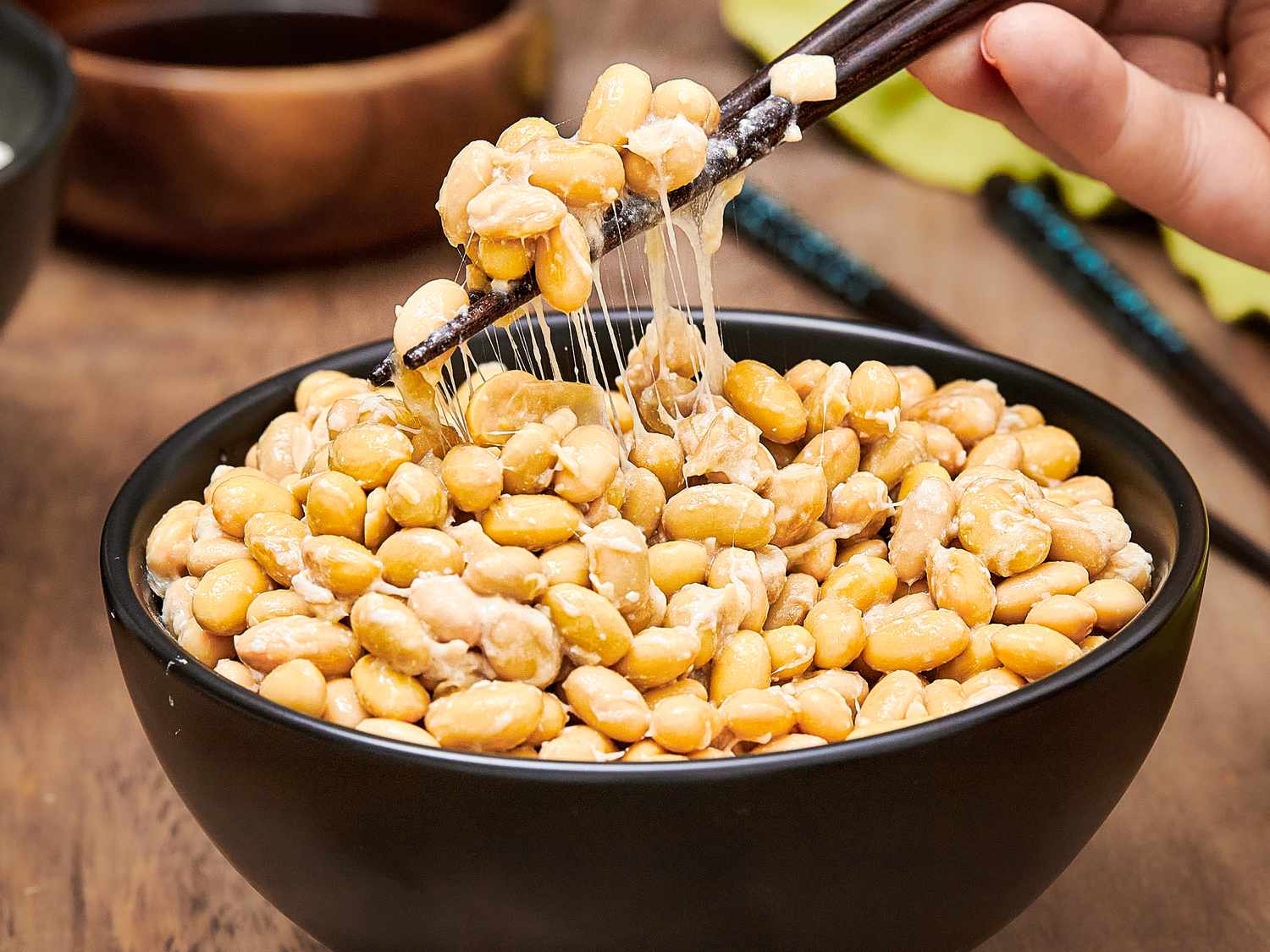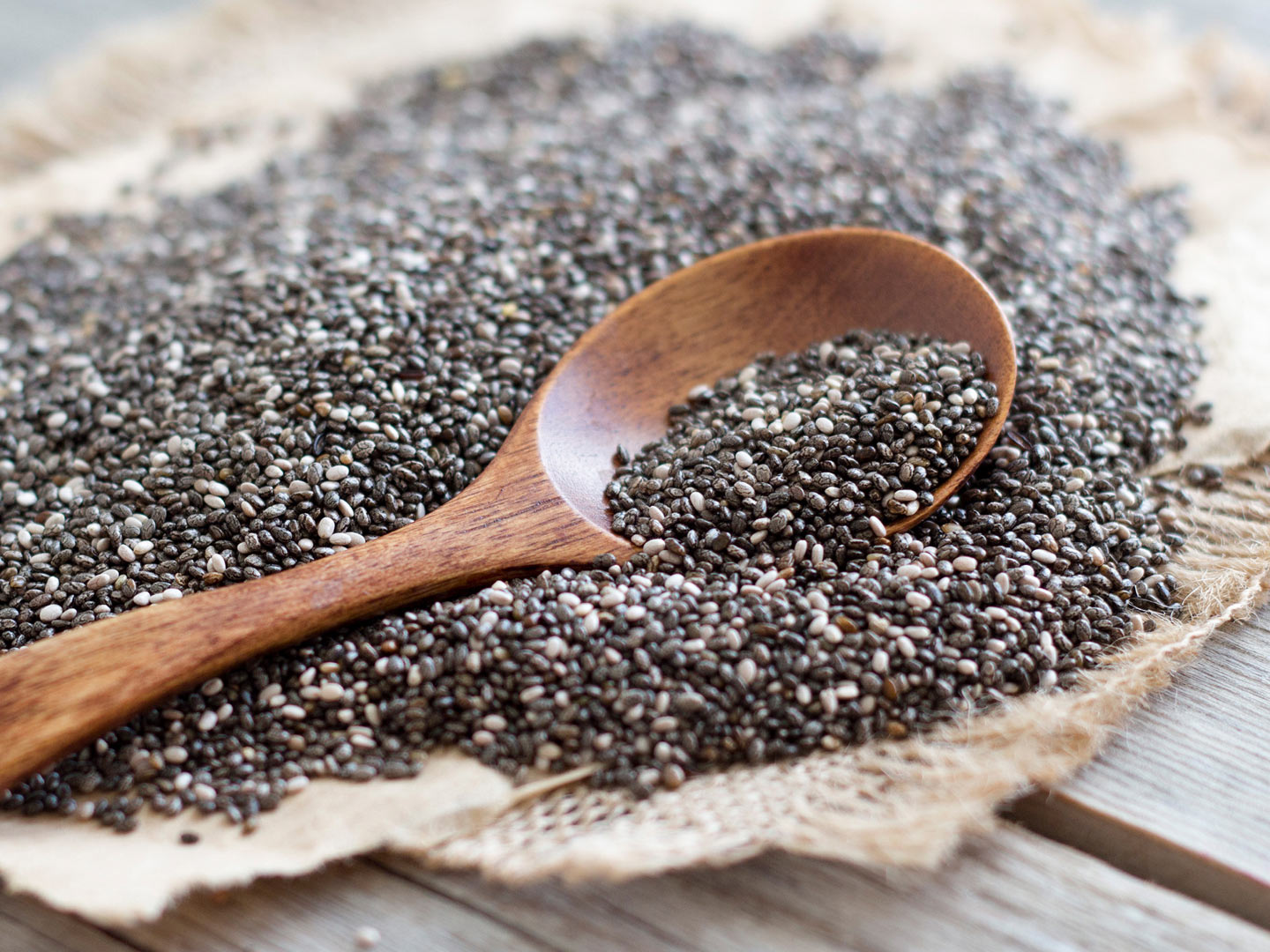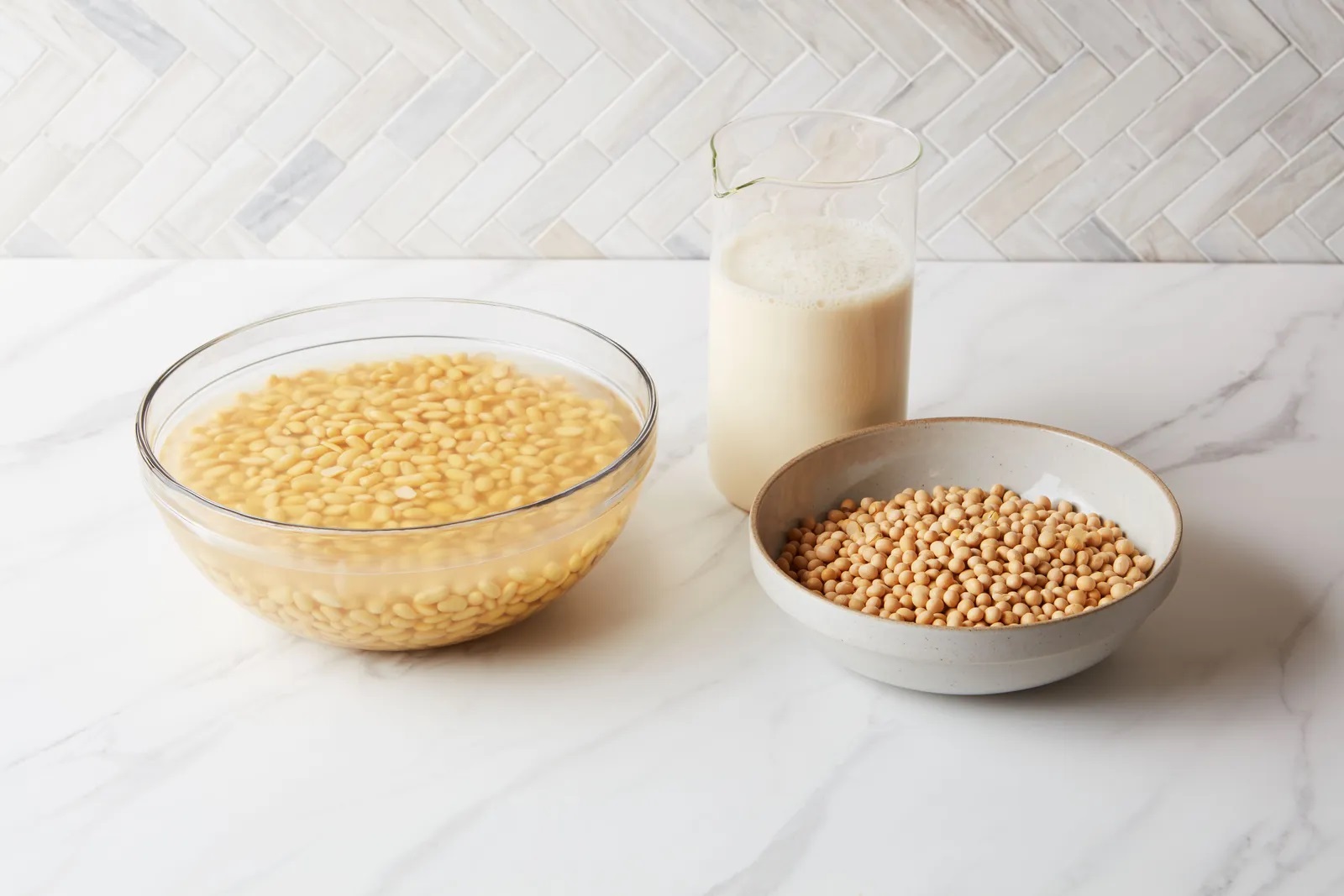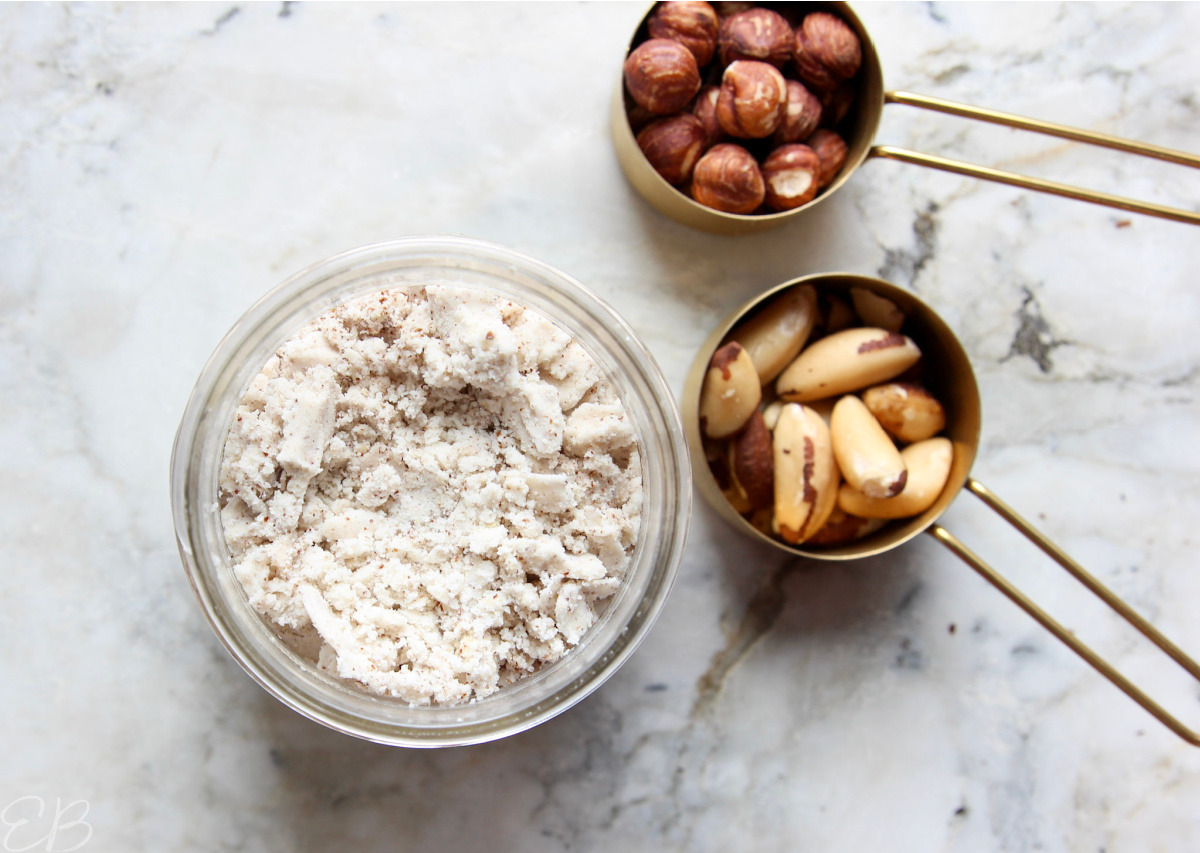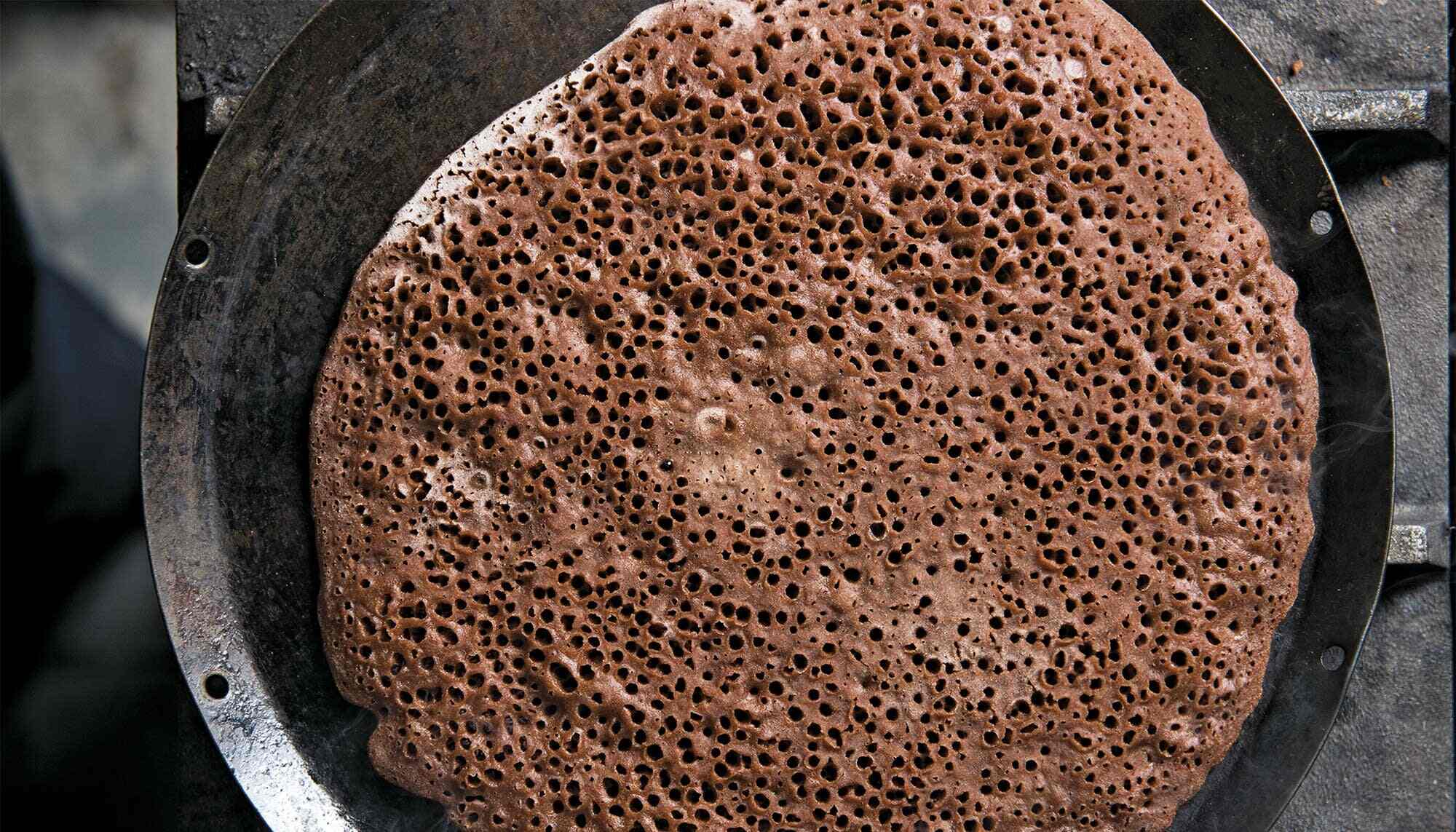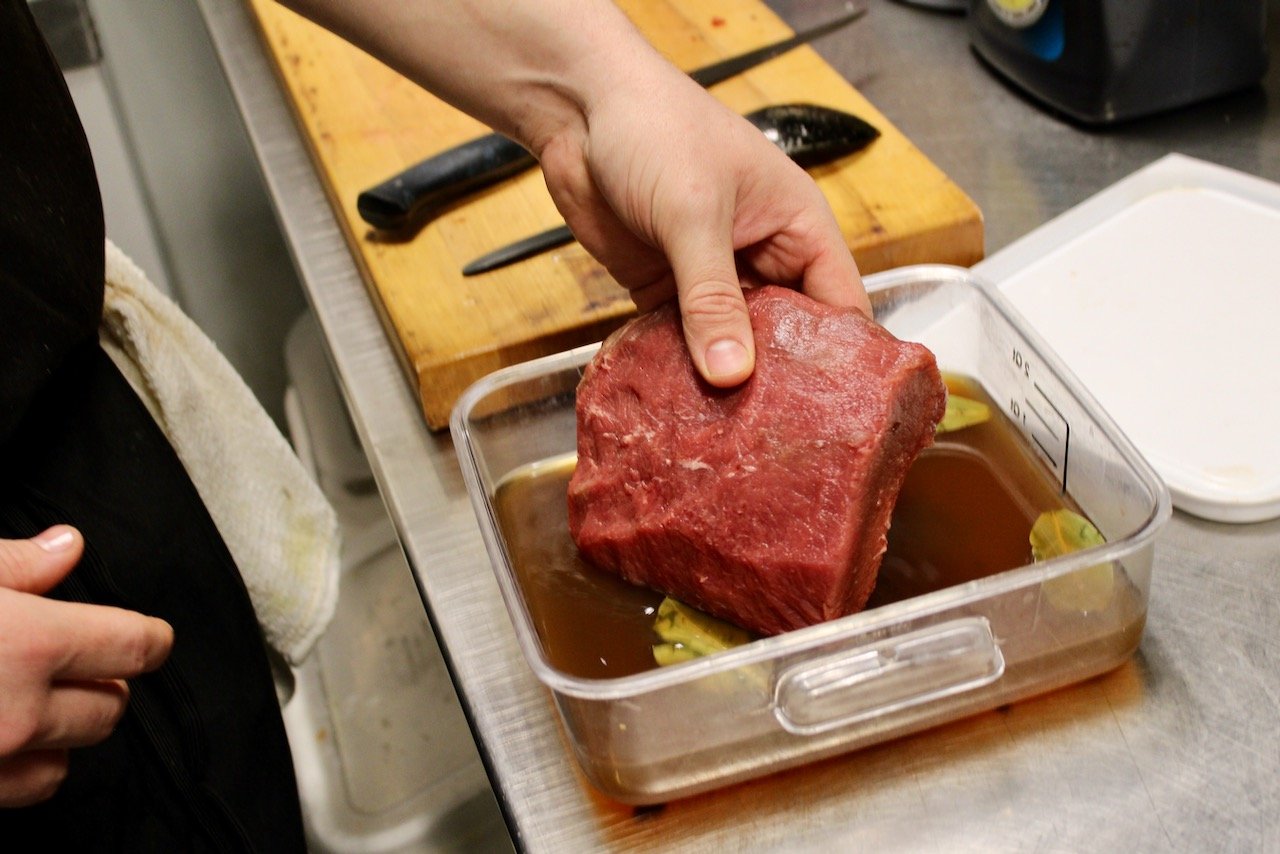What is Fermented Flax Seed?
Fermented flax seed is a nutritious and delicious way to enjoy the health benefits of flax seed. The process of fermentation involves the breakdown of carbohydrates and sugars in the flax seed by beneficial bacteria and yeast, resulting in a tangy and slightly sour flavor. This ancient preservation method not only enhances the taste of flax seed but also increases its nutritional value by making the nutrients more bioavailable.
Health Benefits of Fermented Flax Seed
Fermented flax seed offers a wide range of health benefits, including:
- Improved Digestion: The fermentation process breaks down the hard-to-digest components of flax seed, making it easier for the body to absorb the nutrients.
- Enhanced Nutrient Absorption: Fermentation increases the bioavailability of nutrients such as omega-3 fatty acids, lignans, and fiber present in flax seed.
- Probiotic Power: The beneficial bacteria and yeast produced during fermentation contribute to a healthy gut microbiome, which is essential for overall well-being.
- Reduced Antinutrients: Fermentation helps to reduce antinutrients present in flax seed, such as phytic acid, which can inhibit the absorption of minerals.
How to Ferment Flax Seed
Now that we understand the benefits of fermented flax seed, let’s explore how to ferment it at home. Here’s a simple and easy-to-follow method:
- Ingredients: You will need whole flax seeds, water, and a clean glass jar with a lid.
- Preparation: Place the desired amount of flax seeds in the glass jar.
- Adding Water: Add water to the jar, covering the flax seeds completely. Use approximately 1 part flax seeds to 2 parts water.
- Allowing Fermentation: Cover the jar with a breathable cloth or coffee filter secured with a rubber band. This will allow the gases produced during fermentation to escape while preventing contaminants from entering.
- Fermentation Time: Let the flax seeds ferment at room temperature for 12-24 hours. The fermentation time may vary based on the ambient temperature and desired level of sourness.
- Checking for Readiness: After the initial fermentation period, check the consistency and taste of the fermented flax seeds. They should have a slightly tangy flavor and a gel-like consistency.
- Storing: Once the desired level of fermentation is achieved, store the fermented flax seeds in the refrigerator to slow down the fermentation process and preserve their freshness.
Ways to Enjoy Fermented Flax Seed
Now that you have successfully fermented flax seeds, here are some creative ways to incorporate them into your diet:
- Smoothies: Add a spoonful of fermented flax seeds to your favorite smoothie for a tangy twist.
- Salad Toppings: Sprinkle fermented flax seeds on top of salads for a nutritious crunch.
- Yogurt Parfaits: Layer fermented flax seeds with yogurt and fresh fruits for a probiotic-packed parfait.
- Baking: Use fermented flax seeds in baked goods such as bread, muffins, and crackers for a unique flavor profile.
In Conclusion
Fermenting flax seed is a simple and rewarding process that can elevate the nutritional value and taste of this superfood. By incorporating fermented flax seeds into your diet, you can enjoy the benefits of probiotics, enhanced nutrient absorption, and improved digestion. Experiment with different fermentation times and discover the perfect level of tanginess that suits your palate. Start fermenting flax seeds today and unlock a whole new world of flavor and nutrition!
Was this page helpful?
Read Next: How To Ferment Sesame Seeds
